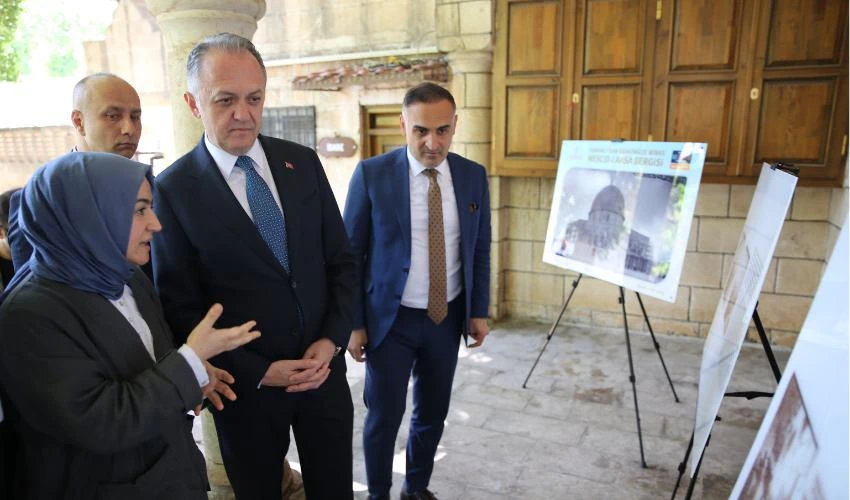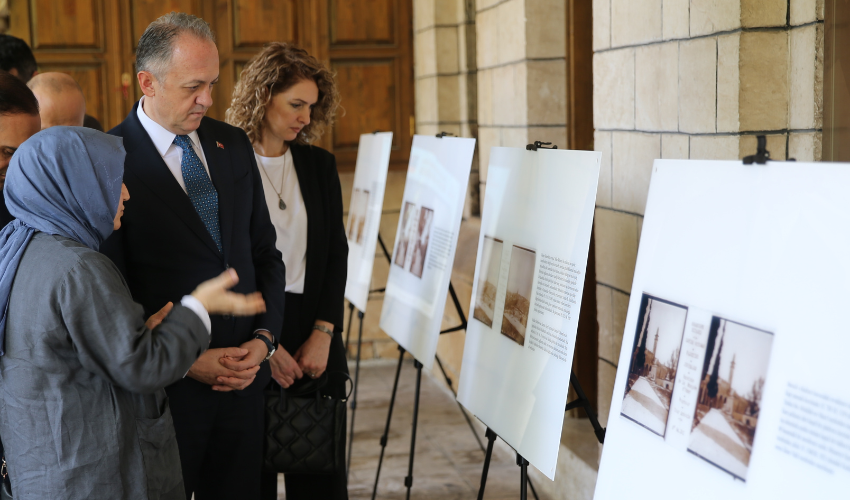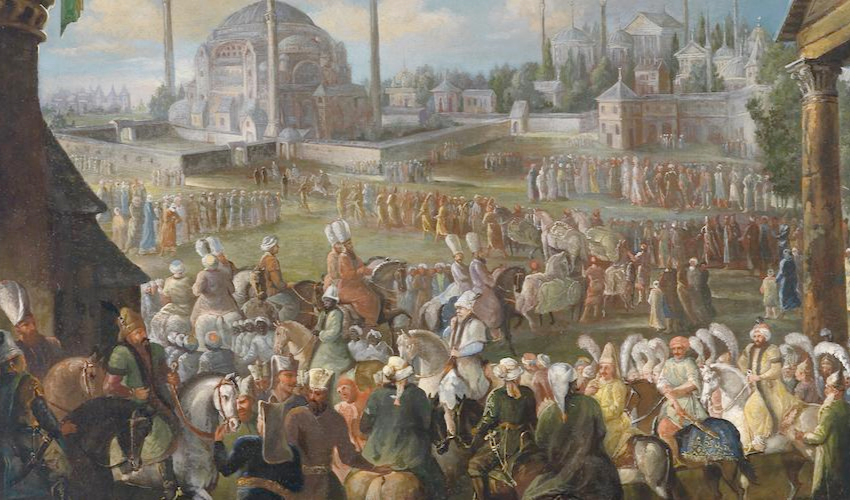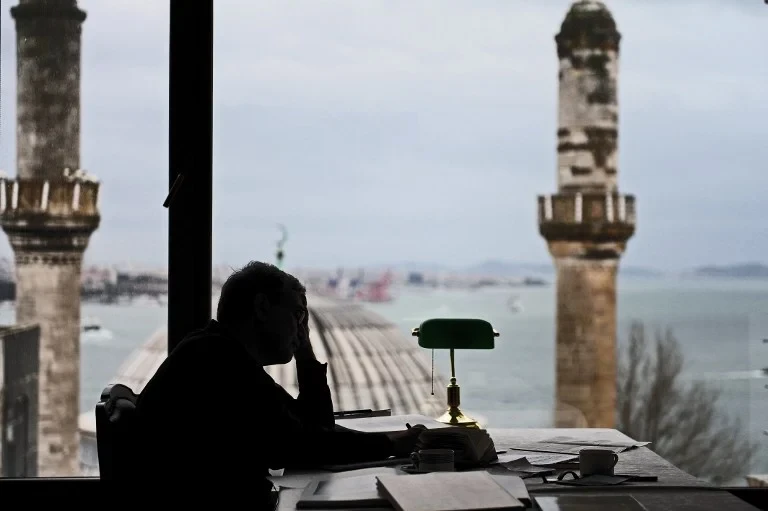Türkiye’s Cultural Event shows historical Al-Aqsa Mosque through centuries

Deputy Minister of Culture and Tourism, Gokhan Yazgi, visited the “Heritage from the Ottomans to the Present: Al-Aqsa Mosque” exhibition, part of the Sanliurfa Culture Route Festival.
The Directorate General of Libraries and Publications organized the event, which features 42 glass negative photographs of the Al-Aqsa Mosque. These photographs emphasize the historical and cultural significance of the site.

During his visit, Yazgi condemned the occupation and genocide in Gaza, stating, “Türkiye and its people will always stand against the atrocities in Gaza.” He stressed that the nation will not forget the plight of the Palestinians. “Even if everyone forgets the Palestinians, this nation will not,” he declared, emphasizing Türkiye’s commitment to seeking justice for the oppressed.
Yazgi explained the exhibition’s role in educating visitors about the importance of Jerusalem and the Al-Aqsa Mosque. “These glass negatives are untouched records that reveal the coexistence of all religions during the Ottoman era,” he said. “They show a time when the region was a place of harmony and happiness for all.”

The exhibition, open until June 2, aims to counter modern efforts to alter historical narratives using technology and artificial intelligence. Yazgi emphasized the authenticity of the glass negatives, saying, “These images, preserved by our National Library, serve as signed documents that reveal the true essence of Jerusalem and the Al-Aqsa Mosque.”
The multicultural legacy of the Ottoman Empire

The Ottoman Empire, which ruled for over 600 years, was one of history’s most enduring and culturally diverse empires. At its peak in the 16th and 17th centuries, it encompassed parts of North Africa, southeastern Europe, and western Asia. Istanbul, its capital, was a melting pot of various cultures, languages, and religions.
Under rulers like Suleiman the Magnificent, the empire flourished due to its centralized power structure, strong military, and pragmatic governance that incorporated the best ideas from different cultures. The Ottomans maintained stability and prosperity through administrative efficiency, a state-run education system, and merit-based promotion.
The Ottoman governance system, particularly the millet system, allowed religious and ethnic communities a degree of autonomy, fostering a sense of inclusivity. This system enabled Jews, Christians, and Muslims to coexist and thrive under the overarching supremacy of the Ottoman administration.
The empire faced significant challenges during the Age of Revolution (1760-1820), a period of global upheaval marked by numerous reforms and attempts at modernization. Notably, the Deed of Alliance in 1808 sought to balance power between imperial authorities and provincial leaders but ultimately failed, leading to further fragmentation.
Despite its eventual decline and dissolution after World War I, the Ottoman Empire’s legacy of cultural integration and administrative innovations continues to influence the region’s political and social landscape. This historical context explains the importance of exhibitions like the one in Sanliurfa, which remind us of the region’s rich and complex heritage.



